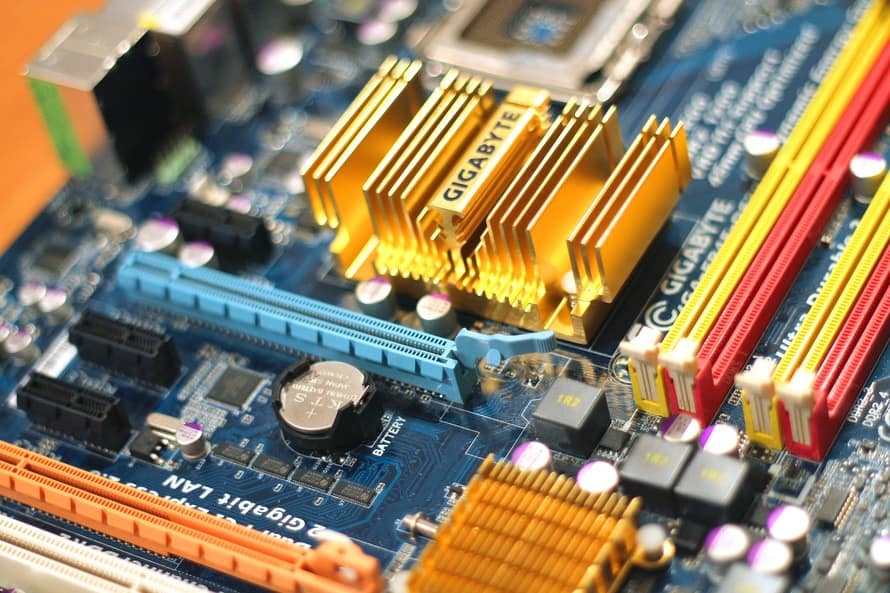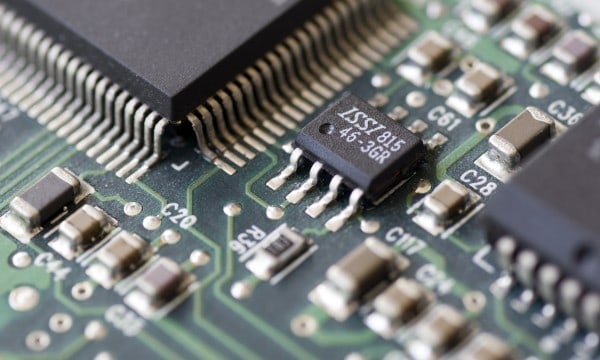How the Internet of Things May Shape Employment Practices in the Foreseeable Future
The Internet of Things (“IoT”) is the network of physical objects embedded with electronics, software, sensors, and connectivity to enable objects to exchange data with the operator and/or other connected devices.[i] We may more commonly think of IoT as, say, the data collected and exchanged between your computers, smartphones, and tablets. Analysts estimate that IoT will consist of almost 50 billion objects by 2020.[ii]
The push toward greater technological interconnectedness and efficiency has percolated into nearly every aspect of our everyday lives, including at the workplace. One can hardly envision what it would be like to conduct business without the use of computers, email, smartphones, servers, cloud networks, and the like.
The newest wave of IoT has already begun to take hold, with devices such as wearable smartwatches and fitness monitors becoming increasingly more mainstream. All of this begs the question of how this type of technology may alter employment practices in the near future and what effect it will have on employees.
Some businesses in Sweden have started to use Radio-Frequency Identification (“RFID”) microchips on their employees. These RFID microchips are the size of a grain of rice, made of pyrex glass, and are implanted in the employees’ hands. The badges can be used by employees to gain secure access through passcode-protected doors, operate photocopiers, and exchange contact details via smartphones.[iii] The current range of uses of this type of chip is somewhat limited, but it is anticipated that this technology will develop to allow greater applications, such as allowing employees to purchase food or even obtain health checks through their chips.[iv] This type of implanted chipping is completely voluntary.[v]
Although the use of implanted RFID chips on employees has not yet crossed the seas to U.S.-based companies, companies here already commonly use RFID chips in employee badges.[vi] Some such badges can track employee movements.[vii]
As seen through the applications and potential applications of the RFID chips in Sweden, the use of this and other similar IoT devices may bring positive benefits to employees. For instance, if an hourly employee could wear a RFID or GPS-tracker that automatically sends data to the employer, it may help to more efficiently and accurately track that employee’s time worked for purposes of ensuring proper regular and/or overtime payment. Or, employers who have health and wellness programs for their employees may begin to offer wearable fitness trackers to monitor employees’ heart-rates and/or steps walked to promote general fitness, proposing incentives for those who meet certain goals.
However, the rise of IoT devices in the workplace naturally leads to privacy concerns for employees. In Illinois as in many other states, there are a myriad of laws that protect against invasions of privacy. This includes the Illinois common law, which recognizes a cause of action for intrusion upon seclusion, prohibiting someone from intentionally intruding, physically or otherwise, on the solitude or seclusion of another or that person’s private affairs or concerns. This also includes such federal statutes as the Stored Communications Act, which makes it an offense to intentionally access stored communications without authorization or in excess of authorization. Further, if employers begin to sync the health information of their employees onto work servers from IoT devices such as fitness trackers, they may become subject to HIPAA, which sets national standards for the security of electronic-protected health information.
With the momentous boom of the Internet of Things in recent years, it no longer seems to be an abstract concept of science fiction to imagine a workplace where people rely on implanted chips and other smart devices to accomplish routine business-related tasks. As we get closer to this reality, it will become important to contemplate how current laws and regulations may operate to protect the rights of employees so that their interests are balanced against those of employers looking to maximize technological advances in favor of greater efficiency and productivity.
[i] https://en.wikipedia.org/wiki/Internet_of_Things
[ii] Id. citing (Dave Evans (April 2011). “The Internet of Things: How the Next Evolution of the Internet Is Changing Everything” (PDF). Cisco. Retrieved 4 September 2015).
[iii] http://www.euronews.com/2015/02/11/implanted-rfid-chip-controls-office-access-for-stockholm-workers/
[iv] Id.
[v] Id.
[vi] http://www.insidecounsel.com/2015/06/12/the-internet-of-things-impact-on-employment-law
[vii] Id.




